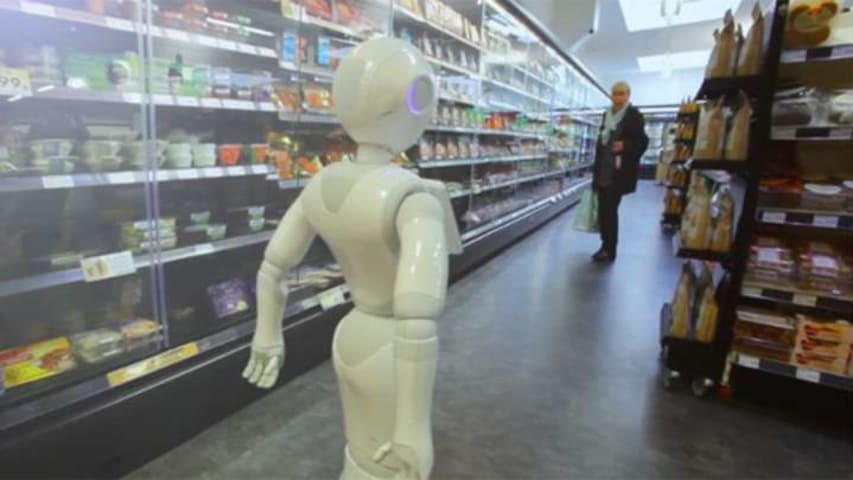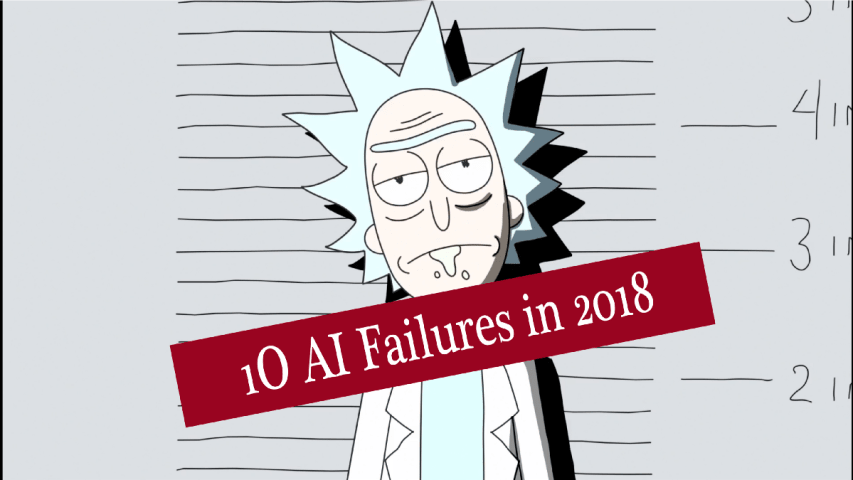Incidente 64: Un robot de atención al cliente ahuyenta a los clientes
Entidades
Ver todas las entidadesClasificaciones de la Taxonomía CSETv1
Detalles de la TaxonomíaIncident Number
64
Special Interest Intangible Harm
no
Date of Incident Year
2018
Estimated Date
Yes
Multiple AI Interaction
no
Embedded
yes
Clasificaciones de la Taxonomía CSETv0
Detalles de la TaxonomíaProblem Nature
Specification, Assurance
Physical System
Vehicle/mobile robot, Software only
Level of Autonomy
Medium
Nature of End User
Expert
Public Sector Deployment
No
Data Inputs
Customer requests
Risk Subdomain
7.3. Lack of capability or robustness
Risk Domain
- AI system safety, failures, and limitations
Entity
AI
Timing
Post-deployment
Intent
Unintentional
Informes del Incidente
Cronología de Informes

Cada pocos meses hay una historia que nos advierte que los robots se harán cargo de nuestros trabajos dentro de cinco, 10 o 20 años. No se escuchan muchas historias sobre robots que se hacen cargo de los trabajos aquí y ahora. Entonces, ¿qu…
Variantes
Incidentes Similares
Did our AI mess up? Flag the unrelated incidents
Incidentes Similares
Did our AI mess up? Flag the unrelated incidents



